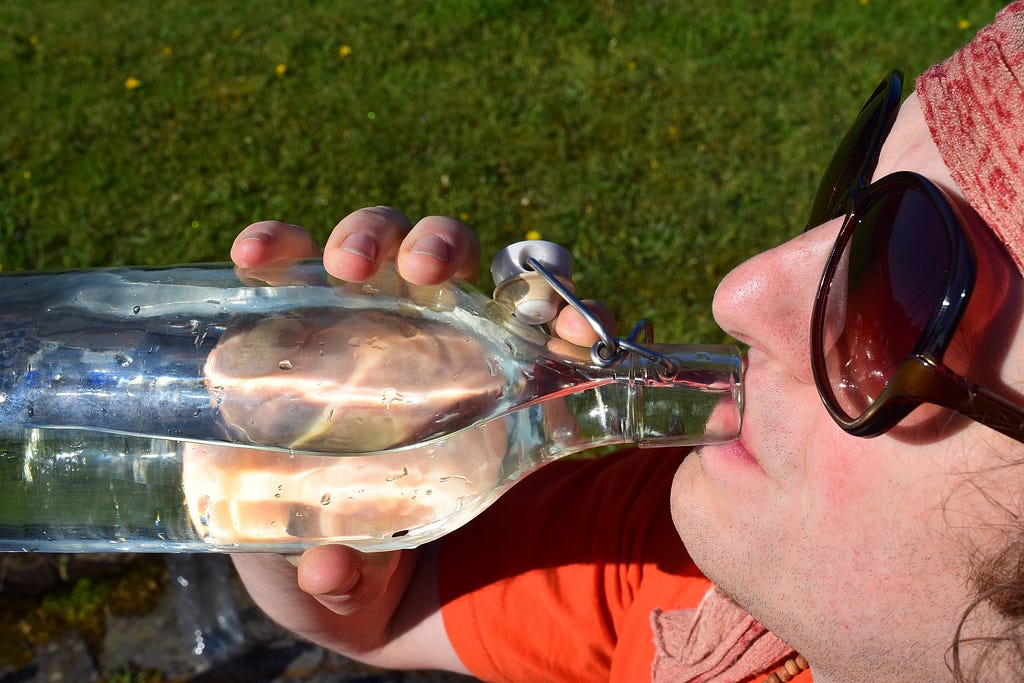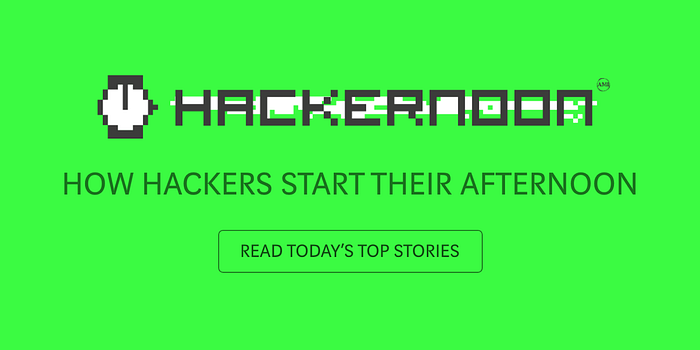Latest news about Bitcoin and all cryptocurrencies. Your daily crypto news habit.

The need to remove harmful pathogens from potable drinking water supplies has long been recognized as an immediate need all over the world. This is because pathogenic contamination of water causes disease outbreaks, which in turn contributes to background disease rates from all over the world, even more so in developing countries. In fact, according to an infographic published by the Centers for Disease Control and Prevention, foodborne illnesses continue to be one of the world’s biggest health problems, with an estimate of 48 million infections and 3,000 deaths reported each year.
And, what’s worse is that at least 1.8 billion people worldwide use a drinking water source that is affected by fecal contamination. This poses serious health risks for people, as contaminated water usually contains a variety of water-borne pathogens like E. coli, a pathogen which, according to the World Health Organization, is responsible for around 63,000 deaths every year.
As a result, the detection of E. coli and other pathogens has become an important measure in the prevention of diseases. Partly because E. coli in itself is a dangerous pathogen, but also because the bacteria’s presence usually means that other pathogens could be present as well.
Microbial issues are also increasingly spreading, commanding the attention of regulators, water treatment operators, and even the media. And while there are various treatment options to eliminate pathogens from drinking water, the wide array of processes may require pouring through various methods just to find the most effective and efficient way.

In fact, according to the World Health Organization (WHO)’s, “Verification of the microbial quality of drinking-water includes testing for Escherichia coli as an indicator of fecal pollution. E. coli provides conclusive evidence of recent fecal pollution and should not be present in drinking water.”
The problem is, instruments that are used for E. coli detection aren’t always available, especially in the majority of rural areas, where unsurprisingly, it’s highly prevalent. Furthermore, even if it’s readily available, it usually takes 2–4 days of waiting just to get the results, which can have serious health consequences.
Facing a major health issue
As such, the issue of pathogenic contamination remains a major concern, and this is the need that LexaGene (OTCQB:LXXGF) (TSX.V:LXG) hopes to address. As an emerging biotechnology company in the U.S., LexaGene is currently focused on the development of a fully automated pathogen detection system that can be used at the site of sample collection.
Located in the greater-Boston, Massachusetts area of the United States, the company aims to transform the way disease is diagnosed and prevented, with a focus on various sectors such as veterinary diagnostics, food safety, aquaculture pathogen surveillance, and water quality monitoring.
At the moment, the company is focused on its own patented microfluidic system, which will be used to detect multiple pathogens. Invented by the company’s own CEO and founder Dr. Jack Regan, the LX2 automated system is LXG’s flagship model, designed to address the world’s need for an improved pathogen-detection technology.
The company’s founder and CEO, Dr. Regan was the lead scientist at Lawrence Livermore National Labs for the development of an instrument made to detect respiratory pathogens, as well as the development of a predecessor instrument designed for bio-warfare surveillance. Both instruments were designed and developed with $20 million in government funding, with the latter later being adopted by the Department of Homeland Security for its very own BioWatch program.
Now, Dr. Regan is bringing his expertise to a biotechnology company of his own, placing an important focus on pathogen detection and the various markets that can be served by improved testing.
With LXG’s patented microfluidic system, people can now easily detect multiple pathogens by way improved specificity and sensitivity. The device, which is fully automated, is capable of screening up to 28 pathogens at a time, making the entire process faster and more convenient. Furthermore, using the instrument does not require any microbiologist or expert, as it is easy-to-use and takes less than a minute to initiate sample processing. The machine can also produce results in under an hour, significantly reducing wait times. This reduced time to results is a disruptor in current testing methods.
The company was first established in early 2017. And, although the instrument is still in its beta development stage, the company hopes to begin distributing beta units to beta clients by January 2019, with LXG poised to focus on commercialization right after.
Moving forward, LXG’s pathogen detection technology has all the potential to rapidly determine the safety and cleanliness of drinking water, which can then result to disease prevention and improvement of the quality of life for everyone, no matter which part of the world they are situated.
Pathogen Detection: The Technology We All Need Right Now was originally published in Hacker Noon on Medium, where people are continuing the conversation by highlighting and responding to this story.
Disclaimer
The views and opinions expressed in this article are solely those of the authors and do not reflect the views of Bitcoin Insider. Every investment and trading move involves risk - this is especially true for cryptocurrencies given their volatility. We strongly advise our readers to conduct their own research when making a decision.
